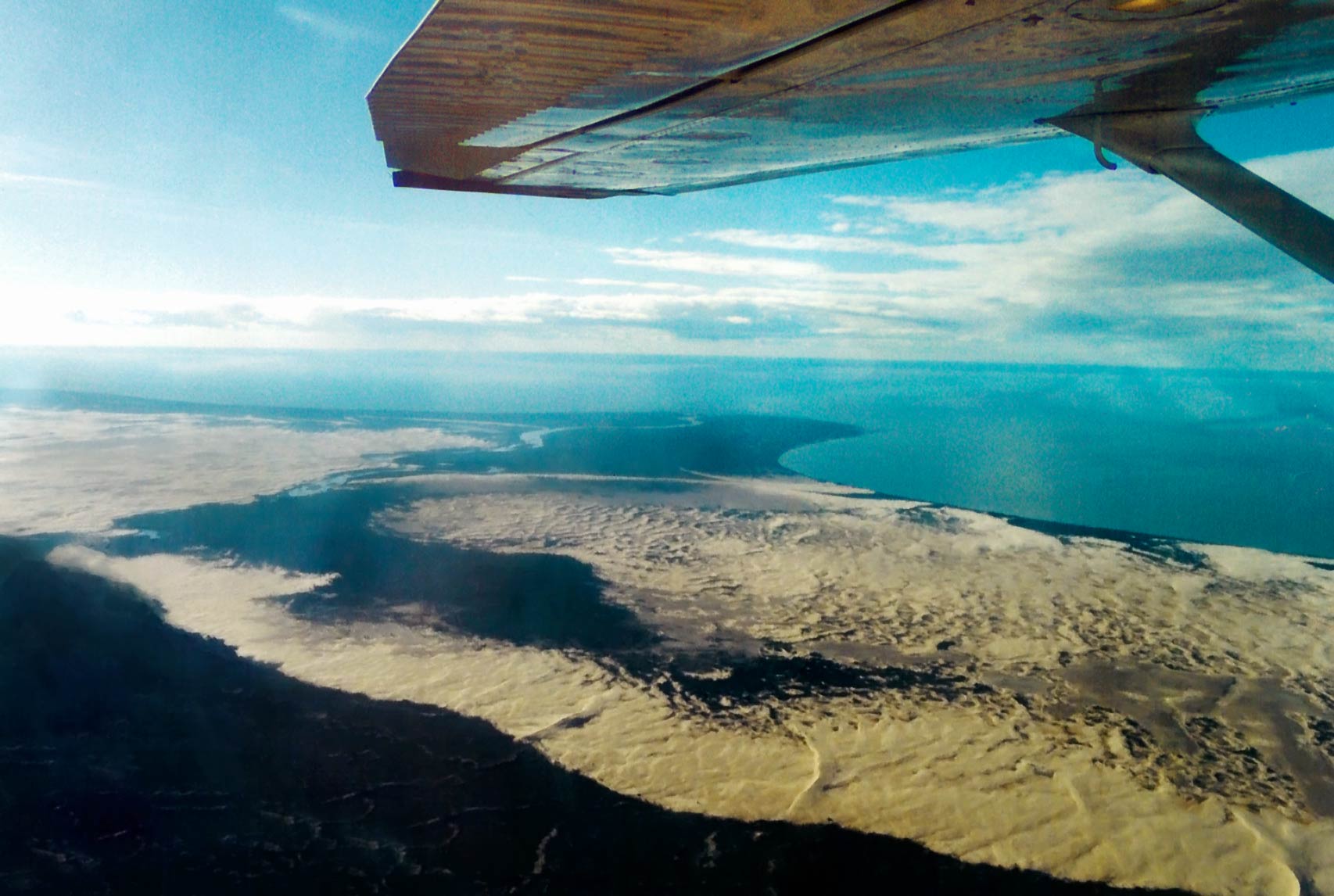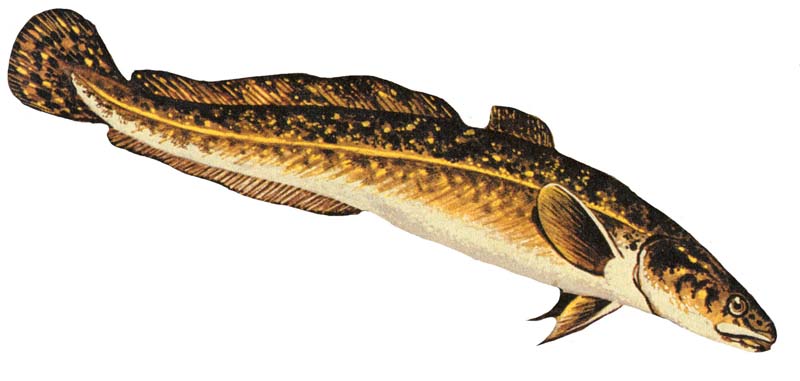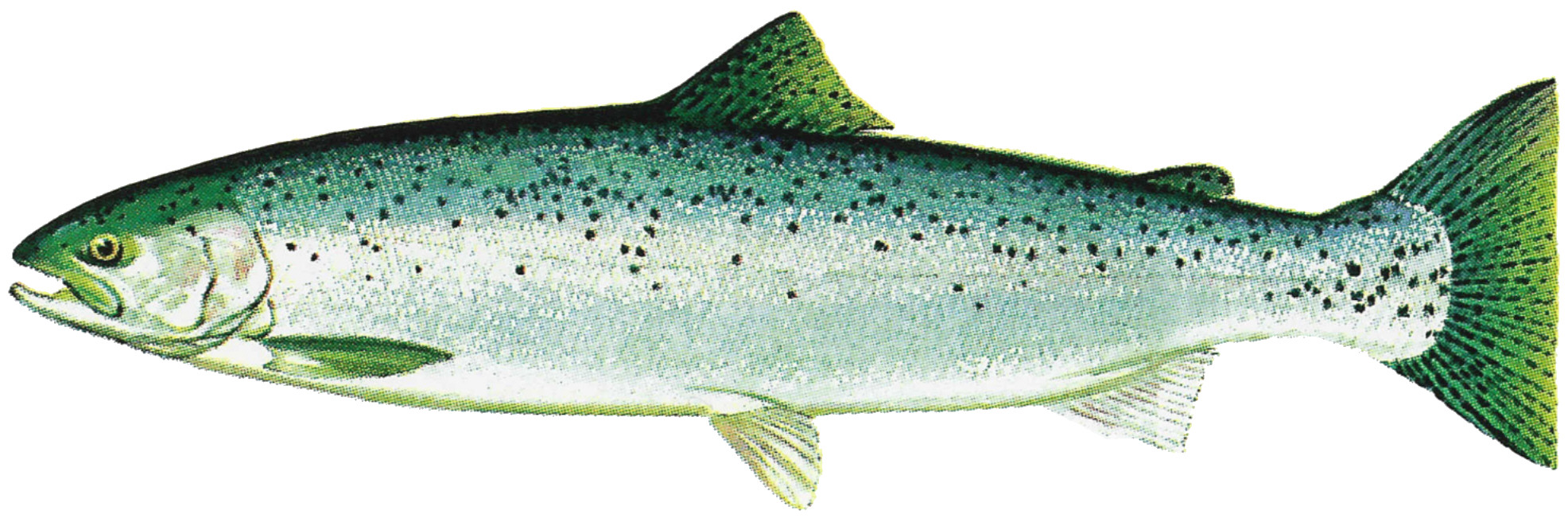|
Big Shell Lake
Big Shell Lake is a lake in the Canadian province of Saskatchewan. Officially known as Shell Lake, it is commonly called ''Big'' Shell Lake to differentiate it from Little Shell Lake, which is about downstream. Big Shell Lake is in the RM of Spiritwood No. 496 and the resort villages of Big Shell and Echo Bay are on the south-eastern and eastern shore. Access to the lake and the villages is from Highway 12. Big Shell Lake is the source of Shell River (formally ''Shell Brook''). The lake's main inflow begins in the Thickwood Hills and flows east into the south-western corner of the lake. Big Shell Lake Recreation Site Big Shell Lake Recreation Site () is a provincial recreation site on the north-west corner of the lake. The park has a dock, boat launch, and a campground with 12 full-service campsites, two electrified sites, and one tenting site. Fish species Fish commonly found in the lake include burbot, rainbow trout, northern pike, and walleye. See also *Li ... [...More Info...] [...Related Items...] OR: [Wikipedia] [Google] [Baidu] |
Shell River (Saskatchewan)
Shell River, formerly Shell Brook, is a river in the north-central region of the Canadian province of Saskatchewan. The river begins at Big Shell Lake and travels in an easterly direction and flows into the Sturgeon River north of the city of Prince Albert. The upper reaches of its watershed are as far west as the Thickwood Hills. Course Shell River begins in the RM of Spiritwood No. 496 at the north end of Big Shell Lake and flows north for about three kilometres before emptying into Little Shell Lake. From Little Shell Lake, the river carries on north-east past Memorial Lake Regional Park and the village of Shell Lake. From Shell Lake, the Shell River heads north towards Big River 118A Indian reserve and then loops back down south passing through Ahtahkakoop 104 Indian reserve where it begins heading in an eastward direction. Along this leg of the route, it is joined by several tributaries, enters the RM of Shellbrook No. 493, and passes by the community of Shellbr ... [...More Info...] [...Related Items...] OR: [Wikipedia] [Google] [Baidu] |
Big Shell, Saskatchewan
Big Shell ( 2016 population: ) is a resort village in the Canadian province of Saskatchewan within Census Division No. 16. It is on the shores of Shell Lake in the Rural Municipality of Spiritwood No. 496. History Big Shell incorporated as a resort village on August 1, 1982. Demographics In the 2021 Census of Population conducted by Statistics Canada, Big Shell had a population of living in of its total private dwellings, a change of from its 2016 population of . With a land area of , it had a population density of in 2021. In the 2016 Census of Population conducted by Statistics Canada, the Resort Village of Big Shell recorded a population of living in of its total private dwellings, a change from its 2011 population of . With a land area of , it had a population density of in 2016. Government The Resort Village of Big Shell is governed by an elected municipal council and an appointed administrator that meets on the third Friday of every month. The may ... [...More Info...] [...Related Items...] OR: [Wikipedia] [Google] [Baidu] |
Echo Bay, Saskatchewan
Echo Bay ( 2016 population: ) is a resort village in the Canadian province of Saskatchewan within Census Division No. 16. It is on the shores of Big Shell Lake in the Rural Municipality of Spiritwood No. 496. History Echo Bay incorporated as a resort village on August 1, 1982. Demographics In the 2021 Census of Population conducted by Statistics Canada, Echo Bay had a population of living in of its total private dwellings, a change of from its 2016 population of . With a land area of , it had a population density of in 2021. In the 2016 Census of Population conducted by Statistics Canada, the Resort Village of Echo Bay recorded a population of living in of its total private dwellings, a change from its 2011 population of . With a land area of , it had a population density of in 2016. Government The Resort Village of Echo Bay is governed by an elected municipal council and an appointed administrator that meets on the second Saturday of every month. The m ... [...More Info...] [...Related Items...] OR: [Wikipedia] [Google] [Baidu] |
Provinces And Territories Of Canada
Within the geographical areas of Canada, the ten provinces and three territories are sub-national administrative divisions under the jurisdiction of the Canadian Constitution. In the 1867 Canadian Confederation, three provinces of British North America—New Brunswick, Nova Scotia, and the Province of Canada (which upon Confederation was divided into Ontario and Quebec)—united to form a federation, becoming a fully independent country over the next century. Over its history, Canada's international borders have changed several times as it has added territories and provinces, making it the world's second-largest country by area. The major difference between a Canadian province and a territory is that provinces receive their power and authority from the '' Constitution Act, 1867'' (formerly called the '' British North America Act, 1867''), whereas territorial governments are creatures of statute with powers delegated to them by the Parliament of Canada. The powers flowing ... [...More Info...] [...Related Items...] OR: [Wikipedia] [Google] [Baidu] |
Saskatchewan
Saskatchewan ( ; ) is a province in western Canada, bordered on the west by Alberta, on the north by the Northwest Territories, on the east by Manitoba, to the northeast by Nunavut, and on the south by the U.S. states of Montana and North Dakota. Saskatchewan and Alberta are the only landlocked provinces of Canada. In 2022, Saskatchewan's population was estimated at 1,205,119. Nearly 10% of Saskatchewan’s total area of is fresh water, mostly rivers, reservoirs and lakes. Residents primarily live in the southern prairie half of the province, while the northern half is mostly forested and sparsely populated. Roughly half live in the province's largest city Saskatoon or the provincial capital Regina. Other notable cities include Prince Albert, Moose Jaw, Yorkton, Swift Current, North Battleford, Melfort, and the border city Lloydminster. English is the primary language of the province, with 82.4% of Saskatchewanians speaking English as their first language. Saska ... [...More Info...] [...Related Items...] OR: [Wikipedia] [Google] [Baidu] |
List Of Resort Villages In Saskatchewan
A resort village is a type of incorporated urban municipality in the Canadian province of Saskatchewan. A resort village is created from an organized hamlet by the Minister of Municipal Affairs by ministerial order via section 51 of ''The Municipalities Act'' if the community has: *been an organized hamlet for three or more years; *a population of 100 or more; *50 or more dwellings or businesses; and *a taxable assessment base that meets a prescribed minimum. Saskatchewan has 40 resort villages that had a cumulative population of 4,118 and an average population of 103 in the 2011 Census. Saskatchewan's largest and smallest resort villages are Candle Lake and the Lumsden Beach with populations of 765 and 10 respectively. A resort village council may request the Minister of Municipal Affairs to change its status to a town if the resort village has a population of 500 or more. __FORCETOC__ List Gallery File:Cochin Lighthouse 2 (9195672467).jpg, Lighthouse atop Piro ... [...More Info...] [...Related Items...] OR: [Wikipedia] [Google] [Baidu] |
Saskatchewan Highway 12
Highway 12 is a major highway in the Canadian province of Saskatchewan. It begins in Saskatoon at the intersection of Idylwyld Drive and Highway 11 north (formerly beginning further south at the intersection with 22nd Street), initially running north on Idylwyld Drive concurrently with Highway 11 and Highway 16. Just outside Saskatoon's northern city limits, Highway 11 exits northeast from Idylwyld Drive and Highway 12 begins and travels north, passing through the city of Martensville. Highway 12 cross the North Saskatchewan River over Petrofka Bridge and passes through the town of Blaine Lake and intersects highway Highway 40, finally terminating at Highway 3 near Shell Lake. Highway 12 is about long. History ''Provincial Highway 12'' was originally the designated route which connected Saskatoon and Prince Albert, following present-day Highway 12 to the Hepburn area, then following present-day Highway 312 to Rosthern, before continuing northwest to Prince Albert. In the ... [...More Info...] [...Related Items...] OR: [Wikipedia] [Google] [Baidu] |
List Of Protected Areas Of Saskatchewan
This is a list of protected areas of Saskatchewan. National parks Provincial parks The federal government transferred control of natural resources to the western provinces in 1930 with the Natural Resources Acts. At that time, the Saskatchewan government set up its own Department of Natural Resources. In an attempt to get people working and to encourage tourism during the Great Depression, several projects were set up by the government, including setting up a provincial park system in 1931. The founding parks include Cypress Hills, Duck Mountain, Good Spirit Lake, Moose Mountain, Katepwa Point, and Little Manitou. Greenwater Lake was added in 1932. Two more parks were added by the end of the 1930s and Little Manitou ceased to be a provincial park in 1956 and in 1962, it became a regional park. The list of parks, and their types, come from The Parks Act. Regional parks Most Regional Parks are established as per the Regional Parks Act. Virtually all of the ... [...More Info...] [...Related Items...] OR: [Wikipedia] [Google] [Baidu] |
Burbot
The burbot (''Lota lota'') is the only gadiformes, gadiform (cod-like) freshwater fish. It is also known as bubbot, mariah, loche, cusk, freshwater cod, freshwater ling, freshwater cusk, the lawyer, coney-fish, lingcod, and eelpout. The species is closely related to the marine common ling and the cusk (fish), cusk. It is the monotypic, only member of the genus ''Lota''. For some time of the year, the burbot lives under ice, and it requires frigid temperatures to breed. Etymology The name burbot comes from the Latin word ''barba'', meaning beard, referring to its single chin whisker, or barbel (anatomy), barbel. Its generic and specific names, ''Lota lota'', comes from the old French ''lotte'' fish, which is also named "barbot" in Old French. Description With an appearance like a cross between a catfish and an eel, the burbot has a serpent-like body, but is easily distinguished by a single barbel on the chin. The body is elongated and laterally compressed, with a flattened hea ... [...More Info...] [...Related Items...] OR: [Wikipedia] [Google] [Baidu] |
Rainbow Trout
The rainbow trout (''Oncorhynchus mykiss'') is a species of trout native to cold-water tributaries of the Pacific Ocean in Asia and North America. The steelhead (sometimes called "steelhead trout") is an anadromous (sea-run) form of the coastal rainbow trout or Columbia River redband trout that usually returns to freshwater to spawn after living two to three years in the ocean. Freshwater forms that have been introduced into the Great Lakes and migrate into tributaries to spawn are also called steelhead. Adult freshwater stream rainbow trout average between , while lake-dwelling and anadromous forms may reach . Coloration varies widely based on subspecies, forms, and habitat. Adult fish are distinguished by a broad reddish stripe along the lateral line, from gills to the tail, which is most vivid in breeding males. Wild-caught and hatchery-reared forms of the species have been transplanted and introduced for food or sport in at least 45 countries and every continent e ... [...More Info...] [...Related Items...] OR: [Wikipedia] [Google] [Baidu] |
Northern Pike
The northern pike (''Esox lucius'') is a species of carnivorous fish of the genus ''Esox'' (the pikes). They are typical of brackish water, brackish and fresh waters of the Northern Hemisphere (''i.e.'' holarctic in distribution). They are known simply as a pike in Great Britain, Britain, Ireland, and most of Eastern Europe, Canada and the United States. Pike can grow to a relatively large size: the average length is about , with maximum recorded lengths of up to and published weights of . The International Game Fish Association, IGFA currently recognizes a pike caught by Lothar Louis on Greffern Lake, Germany, on 16 October 1986, as the all-tackle world-record northern pike. Northern pike grow to larger sizes in Eurasia than in North America, and typically grow to larger sizes in coastal than inland regions of Eurasia. Etymology The northern pike gets its common name from its resemblance to the pole-weapon known as the Pike (weapon), pike (from the Middle English for 'point ... [...More Info...] [...Related Items...] OR: [Wikipedia] [Google] [Baidu] |




